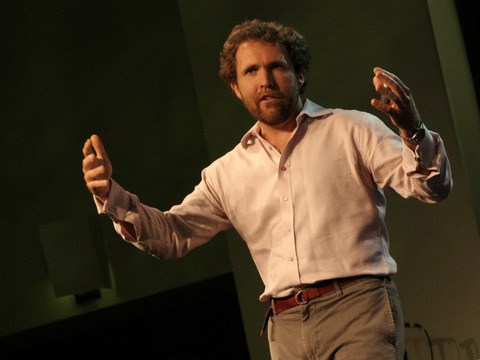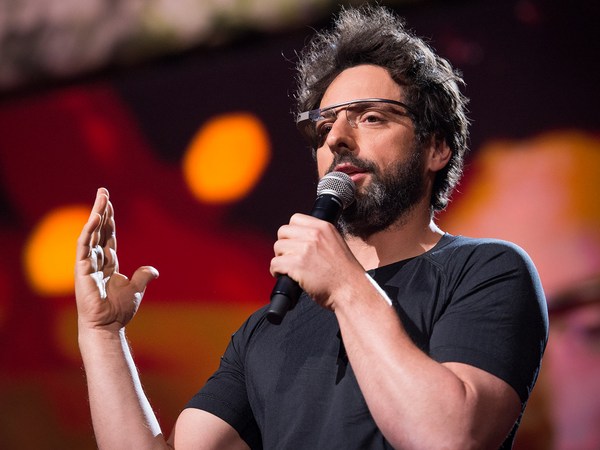I'm going to tell you about one of the world's largest problems and how it can be solved.
I'd like to start with a little experiment. Could you put your hand up if you wear glasses or contact lenses, or you've had laser refractive surgery? Now, unfortunately, there are too many of you for me to do the statistics properly. But it looks like -- I'm guessing -- that it'll be about 60 percent of the room because that's roughly the fraction of developed world population that have some sort of vision correction.
The World Health Organization estimates -- well, they make various estimates of the number of people who need glasses -- the lowest estimate is 150 million people. They also have an estimate of around a billion. But in fact, I would argue that we've just done an experiment here and now, which shows us that the global need for corrective eyewear is around half of any population. And the problem of poor vision, is actually not just a health problem, it's also an educational problem, and it's an economic problem, and it's a quality of life problem.
Glasses are not very expensive. They're quite plentiful. The problem is, there aren't enough eye care professionals in the world to use the model of the delivery of corrective eyewear that we have in the developed world. There are just way too few eye care professionals.
So this little slide here shows you an optometrist and the little blue person represents about 10,000 people and that's the ratio in the U.K. This is the ratio of optometrists to people in sub-Saharan Africa. In fact, there are some countries in sub-Saharan Africa where there's one optometrist for eight million of the population.
How do you do this? How do you solve this problem? I came up with a solution to this problem, and I came up with a solution based on adaptive optics for this. And the idea is you make eye glasses, and you adjust them yourself and that solves the problem.
What I want to do is to show you that one can make a pair of glasses. I shall just show you how you make a pair of glasses. I shall pop this in my pocket. I'm short sighted. I look at the signs at the end, I can hardly see them. So -- okay, I can now see that man running out there, and I can see that guy running out there. I've now made prescription eyewear to my prescription. Next step in my process. So, I've now made eye glasses to my prescription. Okay, so I've made these glasses and ... Okay, I've made the glasses to my prescription and ... ... I've just ... And I've now made some glasses. That's it.
(Applause)
Now, these aren't the only pair in the world. In fact, this technology's been evolving. I started working on it in 1985, and it's been evolving very slowly. There are about 30,000 in use now. And they're in fifteen countries. They're spread around the world.
And I have a vision, which I'll share with you. I have a global vision for vision. And that vision is to try to get a billion people wearing the glasses they need by the year 2020. To do that -- this is an early example of the technology. The technology is being further developed -- the cost has to be brought down. This pair, in fact, these currently cost about 19 dollars. But the cost has to be brought right down. It has to be brought down because we're trying to serve populations who live on a dollar a day.
How do you solve this problem? You start to get into detail. And on this slide, I'm basically explaining all the problems you have. How do you distribute? How do you work out how to fit the thing? How do you have people realizing that they have a vision problem? How do you deal with the industry? And the answer to that is research.
What we've done is to set up the Center for Vision in the Developing World here in the university. If you want to know more, just come have a look at our website. Thank you.
(Applause)





